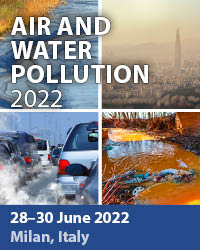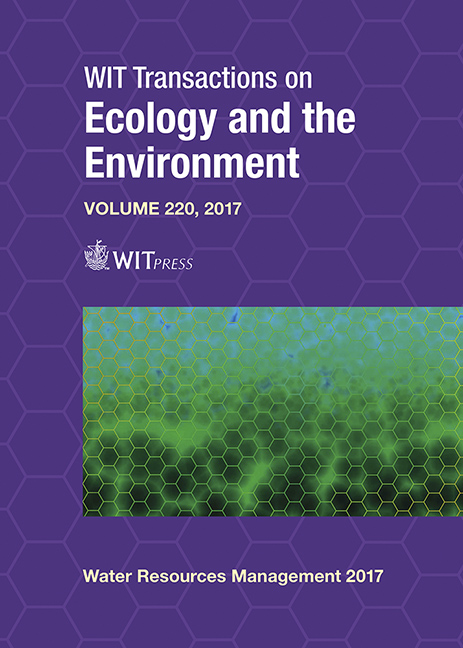LOW-IMPACT DEVELOPMENT: MINIMISING STORMWATER RUNOFF IN A CASE STUDY OF SECTION 13, SHAH ALAM, MALAYSIA
Price
Free (open access)
Transaction
Volume
220
Pages
11
Page Range
205 - 215
Published
2017
Size
830 kb
Paper DOI
10.2495/WRM170201
Copyright
WIT Press
Author(s)
ALAMAH MISNI, NOOR AIDA FARAIN AMIR SHAHFUDDIN
Abstract
Urbanisation alters the natural system, such as land cover from natural vegetation and agriculture to urban structures. Such changes are due to the demands of development which significantly change stormwater flow and constructed drainage systems. Problems relating to the present stormwater program have been identified; one of the major environmental effects, as a result of improper stormwater management, is flash floods. Hence, this study focuses on the benefits of landscape approach via the use of low-impact development strategies combined with soft landscape engineering in solving flash flood issues. Section 13, Shah Alam, Malaysia was chosen as the study area as it has experienced serious flash flood problems for many years. Regardless of several solutions, the situation remains the same due to the current water peak runoff which has drastically increased since 2003 as a result of 34.8% development. This site was also selected due to its rapid development. For these reasons, its current situation was observed and studied. The management of public spaces have been identified as the key factors in improving the current water peak runoff problems. Therefore, design solutions have been proposed for the study area in which the estimation of water peak runoff can be reduced by 7.9%, which is equal to 81.77 m3/h. It is hoped that this study can be used as a guideline in understanding the process of urban environmental enhancement as well as a tool for solving issues related to flash floods.
Keywords
flash flood, landscape, low-impact development, stormwater, urbanisation





